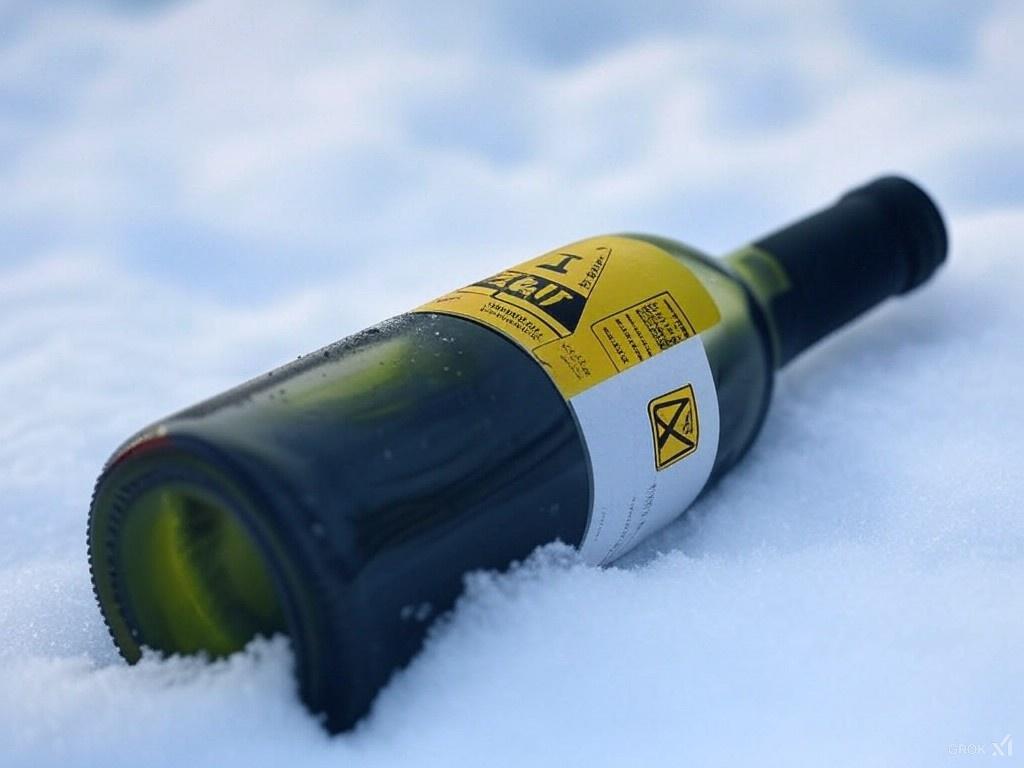Does Drinking Need a Warning Label?

6 January 2025
For many, January begins with the grim reckoning of discarded resolutions and a nagging awareness of indulgences that may have stretched too far. It is into this reflective mood that the Surgeon General has lobbed a provocative call for change: warning labels on alcoholic beverages that highlight their link to cancer.
Yes, you read that correctly. That glass of claret, that bubbly Prosecco toast, or even that cheery half-pint could soon carry the same stark admonitions as a pack of Marlboros.
The Surgeon General’s report, issued with a stern tone reminiscent of a schoolmaster addressing a rowdy classroom, spells out the science unequivocally: alcohol consumption, even at low levels, is a risk factor for several types of cancer. It suggests that consumers deserve the same clear warnings that have been plastered on cigarette packets for decades. For some, this revelation may be startling, though for others, it feels like the culmination of a long-drawn tightening of the health-conscious noose around our cherished vices. Either way, the timing is undeniably clever, arriving just as people groggily emerge from the overindulgence of Christmas and New Year festivities.
It’s a move that would, no doubt, throw a frosty bucket of water over the lingering holiday mood. The idea of slapping cancer warnings on wine bottles seems almost sacrilegious in a culture that has enshrined drinking as a centerpiece of celebration. Yet here we are, on the precipice of a possible paradigm shift, as science marches on and insists on dismantling our comforting illusions.
There’s a certain audacity to this proposal, and perhaps a tinge of condescension as well. Are we to believe, the critics ask, that drinkers don’t already know their indulgence carries risks? The link between heavy drinking and liver disease is common knowledge, and the broader health risks of excessive alcohol consumption have been flogged in public health campaigns for years. However, it is the suggestion that even moderate, sociable drinking—the kind that lubricates friendships and sustains holiday traditions—might pose a significant cancer risk that strikes at the heart of many people’s routines. It is a message that threatens to turn the convivial into the culpable, the harmless pleasure into the harbinger of doom.
The argument for transparency is a strong one. After all, consumers are entitled to know the risks of the products they consume. Yet there’s a nuance here that demands attention. Unlike cigarettes, which are universally acknowledged as harmful with no safe level of use, alcohol occupies a more complex cultural and physiological territory. For centuries, it has been both medicine and poison, social glue and social solvent. It is deeply woven into the fabric of human history, art, and celebration. The Surgeon General’s recommendation may be grounded in cold, hard data, but its implications extend into the warm, human realms of tradition and identity.
As we leave behind the mulled wine and midnight toasts of the holiday season, the question that lingers is not just whether these warnings are necessary but also how they will be received by the millions of low-level habitual drinkers who form the backbone of the alcohol industry. These are not the binge-drinkers staggering through town centers on a Saturday night but the quiet majority who enjoy a glass or two with dinner, a pint after work, or a cocktail at a party. For them, alcohol is not a problem to solve but a feature of life, a little indulgence that helps smooth the edges of a demanding world.
Will these warnings prompt them to reevaluate their choices, or will they shrug and pour another glass? Human psychology has a way of turning alarm bells into background noise when the risks feel distant or abstract. Smoking labels have succeeded, in part, because they were paired with aggressive taxation and societal stigmatization. Would wine drinkers face a similar fate, or would the warnings simply coexist with the comforting rituals of uncorking bottles and clinking glasses?
As the last of the holiday decorations are boxed away and life resumes its familiar rhythms, the Surgeon General’s report offers a sobering thought to carry into the new year. Whether one agrees with the proposal or not, it forces a reckoning with the realities of our relationship with alcohol. For some, it might spark a resolution to cut back or even abstain. For others, it will simply be another warning among many, destined to be read, acknowledged, and ultimately ignored. Either way, it is a reminder that even our simplest pleasures are not without their shadows. The challenge lies in how we choose to respond, as individuals and as a society, to this latest clash between science and tradition.
